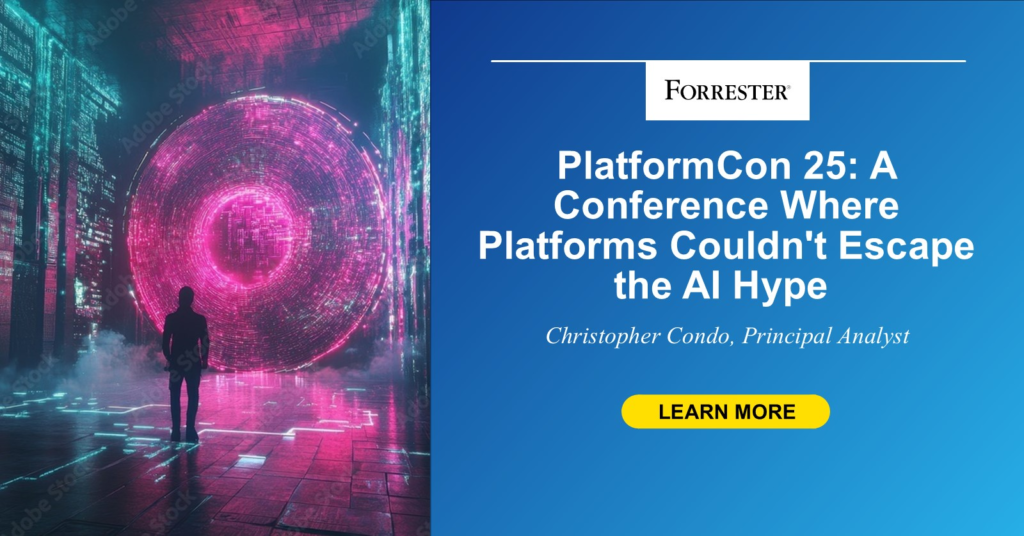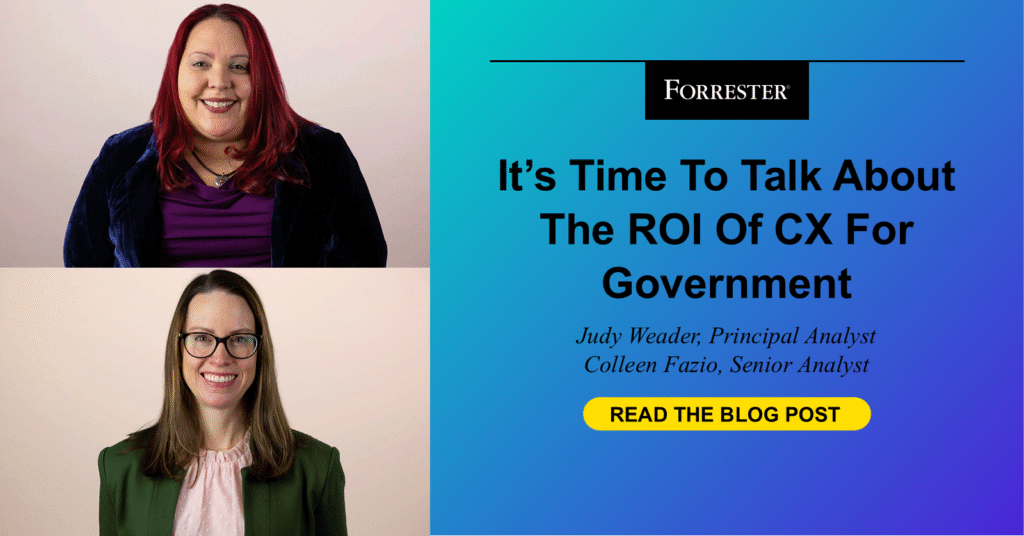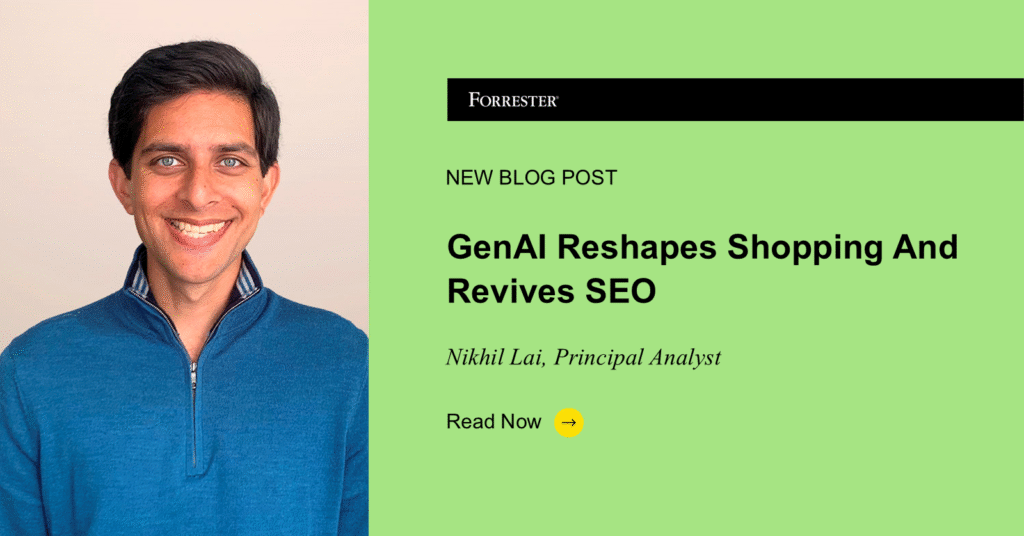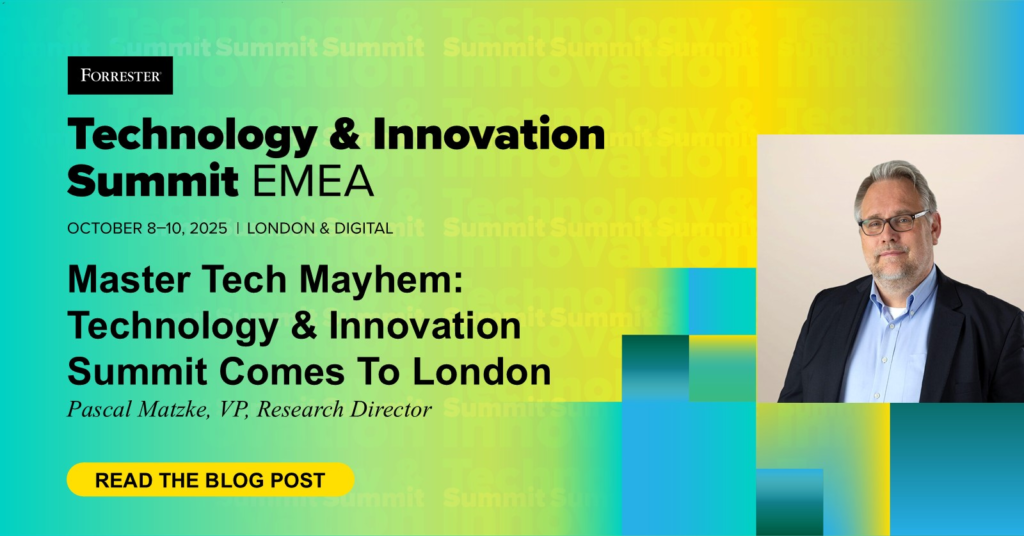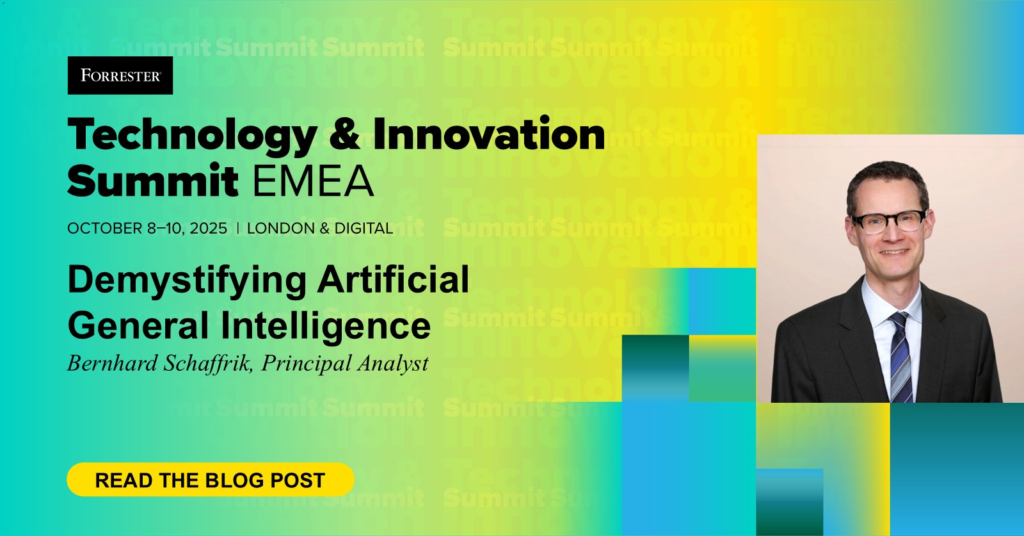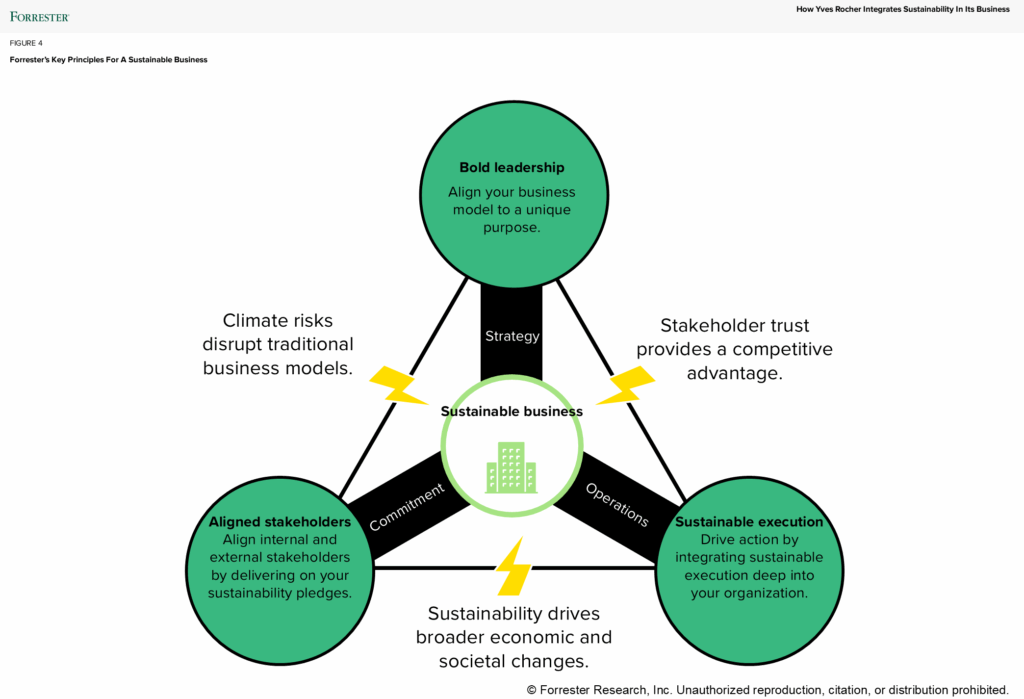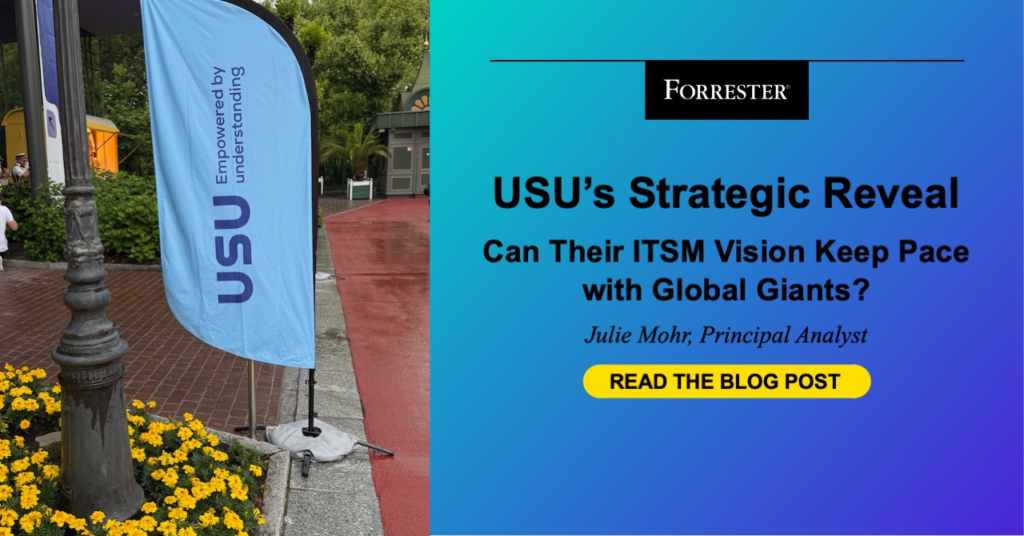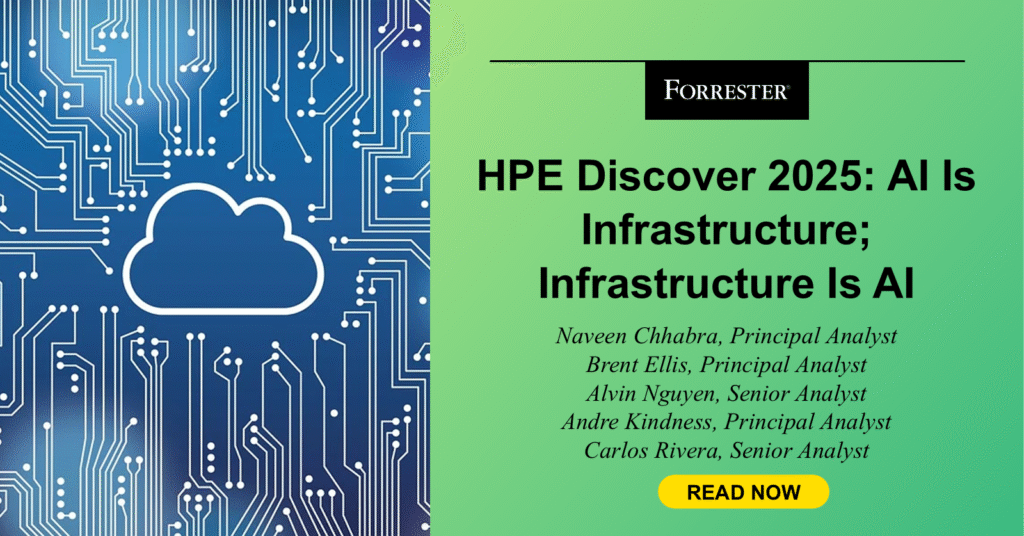PlatformCon 25: A Conference Where Platforms Couldn't Escape the AI Hype
I was recently invited to participate in an analyst panel at PlatformCon 2025 in New York City. The conference was not huge but still delivered impact and featured a mix of vendor booths ranging from industry giants such as Google to ambitious startups. The audience was a blend of platform professionals from industries as diverse as healthcare, professional sports, and video games. The featured guest speaker was engineer Kelsey Hightower. Here are my key takeaways from the event. Don’t Be Afraid To Look Under The Hood Of AI Hightower kicked off the day with a compelling talk that challenged attendees to critically evaluate AI and its capabilities. He emphasized the importance of viewing AI as another piece of technology — there’s nothing mystical about it. Hightower encouraged the audience to dig into the details and not simply buy into the hype. Hightower also touched on how the rise of technologies such as Anthropic’s Model Context Protocol (MCP) has shifted corporate attitudes. For decades, companies maintained strict control over their internal resources, but now many are rushing to API-enable their entire ecosystems with little caution. He posed a thought-provoking question: “Imagine if they had done this 10 years ago — what could have been accomplished?” If you’re curious to learn more about AI, MCP, and their implications, refer to this blog. The Tension Between Developers, Operations, And Platform Teams Is Real One of the liveliest discussions at the conference centered around the persistent struggles between developers, operations teams, and platform engineers. During the developer productivity roundtable, which I had the honor of joining alongside other fellow industry analysts, this tension was laid bare. Far from a dry technical discussion, the session felt more like group therapy for platform leaders. Many attendees shared candid stories about the tug-of-war between developers seeking speed and agility and platform engineers urging patience and structure. It’s clear that the question of whether platform engineering can fully resolve this dynamic is still open. Several actionable strategies emerged during the conversation: Adopt a “platform as a product” approach. Treat your platform as a product designed to serve your internal stakeholders. Read this report for more insights. Set clear expectations. When building a platform, align all stakeholders from the outset. Refer to my report for practical guidance. Define common goals based on value streams. Establish shared objectives to bridge the gap between teams. Check out this webinar for actionable advice. The tension may never fully disappear, but fostering collaboration and setting shared goals can help mitigate the friction. Final Thoughts PlatformCon 2025 offered a unique window into the evolving world of platform engineering set against the backdrop of AI’s growing influence. Whether you’re a developer, an operations leader, or a platform engineer, one thing is clear: The platform landscape is shifting rapidly, and AI is playing a central role. Clients of Forrester who have questions on developer platforms or portals are welcome to request an inquiry or guidance session with me. source
PlatformCon 25: A Conference Where Platforms Couldn't Escape the AI Hype Read More »
